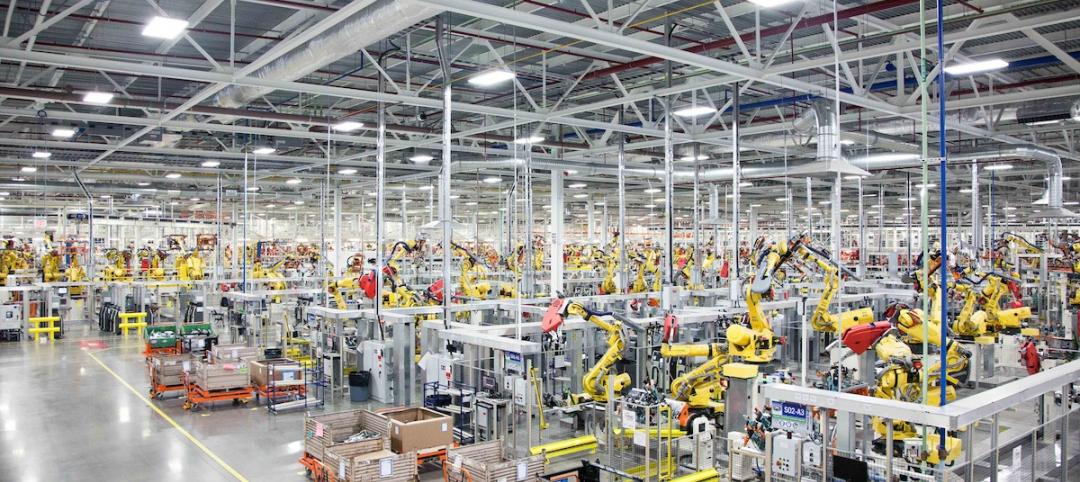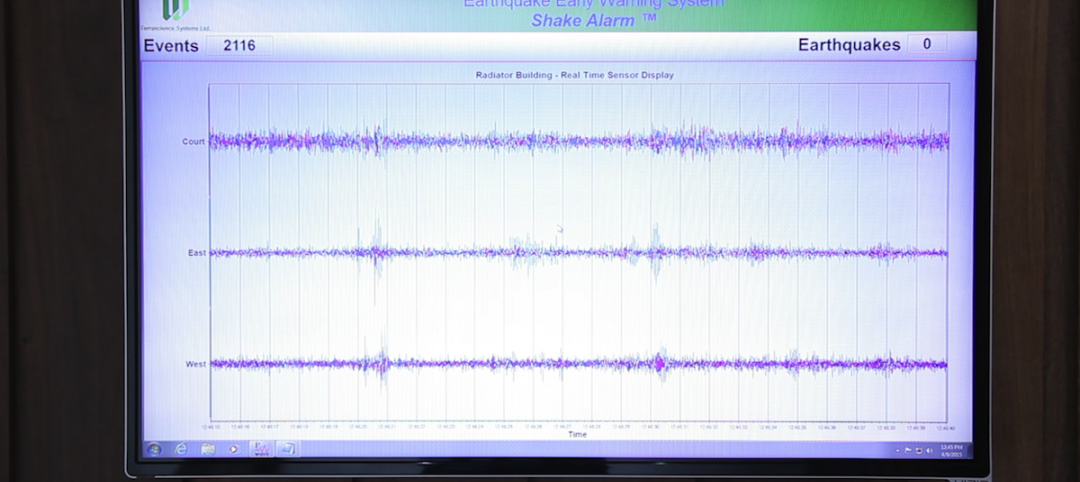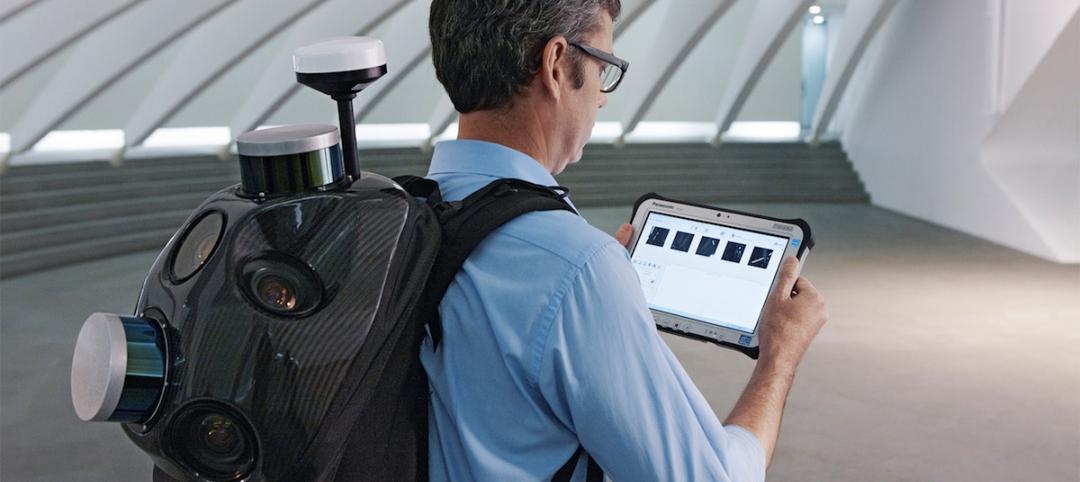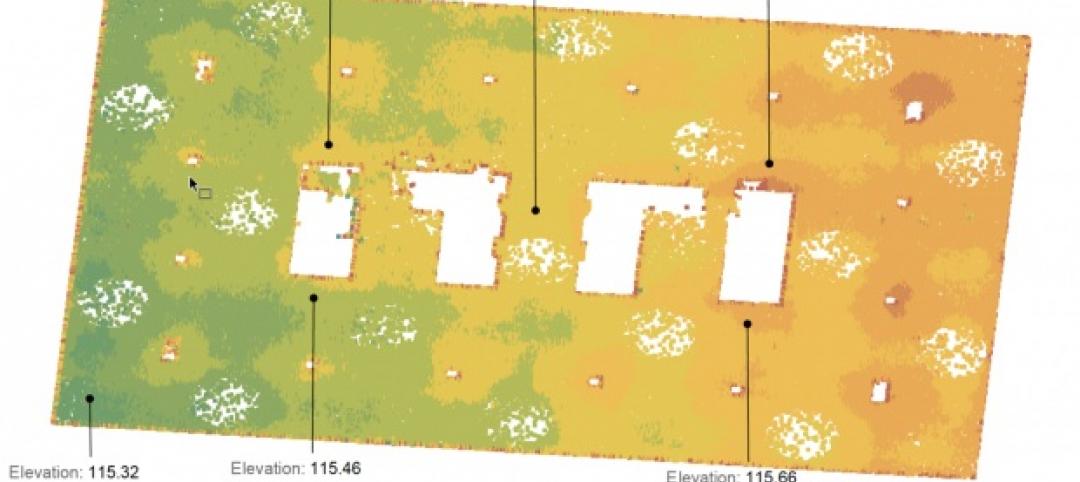Applied Software, a building information modeling (BIM) services provider as well as a provider of Autodesk 2D and 3D CAD products and services, announced it has earned the new MEP Systems Engineering Specialization designation for value added resellers (VARs) from Autodesk Inc. As an Autodesk Specialized Partner, Applied Software has shown it has made significant investment in its people, has a solid business plan specific to the specialization area, has strong customer references, and can provide a high level of knowledge and support to companies in the AEC industry.
The new Autodesk Partner Specializations enable VARs to highlight and brand their expertise in delivering services in key industry areas. By completing the required curriculum and training, as well as meeting required levels of service and standards set by Autodesk, companies can demonstrate what it means to be a trusted adviser to Autodesk customers.
“Earning the Autodesk MEP Systems Engineering Specialization certification is an important achievement and a testament to our extraordinary team of MEP systems engineering experts,” said Steve Foran, Applied Software’s VP of Operations. “This distinction verifies our success in helping customers get the most out of Autodesk products used for mechanical, engineering, and plumbing design projects, especially 3D design and building information modeling.” +
Related Stories
BIM and Information Technology | Jun 15, 2015
Arup report predicts future of manufacturing
Human-robot collaboration, self-cleaning and self-healing materials, mass customization, and 3D printing will herald a new "golden age" of production.
BIM and Information Technology | Jun 14, 2015
Deep data: How greater intelligence can lead to better buildings
The buzzword may be “Big Data,” but the reality is that Building Teams need to burrow deep into those huge datasets in the course of designing and building new facilities. Much of the information is free. You just need to dig for it.
Smart Buildings | Jun 11, 2015
Google launches company to improve city living
The search engine giant is yet again diversifying its products. Google has co-created a startup, called Sidewalk Labs, that will focus on “developing innovative technologies to improve cities.”
Seismic Design | Jun 9, 2015
First building-specific earthquake warning system installed in North Portland, Ore.
The ShakeAlarm system recognizes and quantifies the faster but lower-energy seismic P-wave, which is the precursor to the more damaging S-wave.
BIM and Information Technology | Jun 8, 2015
Ready for takeoff: Drones await clearance for job site flights
The fog is finally lifting on who will be allowed to pilot unmanned aerial vehicles.
Green | Jun 8, 2015
Diamond Schmitt Architects creates tool to compare energy use data across building types
The firm's new ecoMetrics tool allows for a comprehensive analysis of data from energy simulation models across a wide range of the company’s building types.
BIM and Information Technology | Jun 5, 2015
Backpack becomes industry first in wearable reality capture
Combining five high-dynamic cameras and a LiDAR profiler, Leica's Pegasus:Backpack creates a 3D view indoors or outdoors for engineering or professional documentation creation.
BIM and Information Technology | Jun 4, 2015
Why reality capture is essential for retrofits
Although we rely upon as-built drawings to help us understand the site for our design, their support is as thin as the paper they are printed on, write CASE's Matthew Nelson and Carrie Schulz.
BIM and Information Technology | Jun 3, 2015
More accurate GPS ready to change the way we shop, interact, and explore
New technology reduces location errors from the size of a car to the size of a nickel—a 100 times increase in accuracy. This is a major technological breakthrough that will affect how we interact with environments, the places we shop, and entertainment venues.
Sponsored | BIM and Information Technology | May 28, 2015
Does BIM Work as a Deliverable?
Sasha Reed sits down with industry professionals at the BIMForum in San Diego to talk about BIM technology.

















